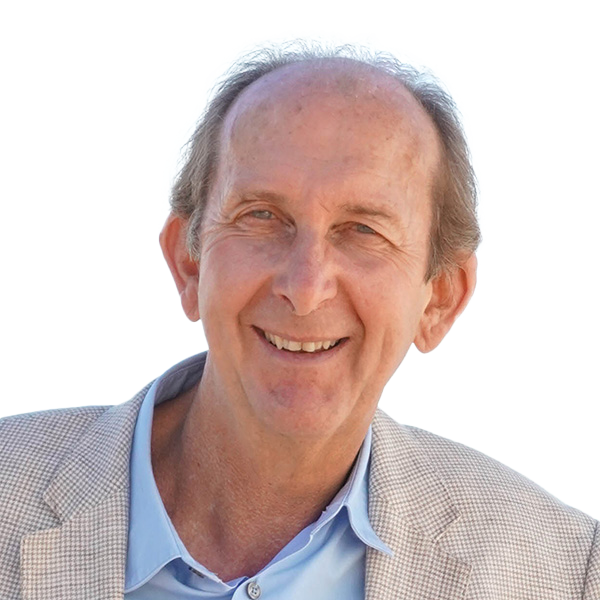As the trading year’s end looms and we ponder such things as: will the Fed taper QE3?; and will Santa Claus bring his very frequent late-December rally or not? – I want to share with you some really important words of wisdom.
The Switzer Super Report has two main functions. The first is to give insights into what you need to know to run a self managed super fund from the rules set down by law to the guidelines for really sensible and profitable investment.
The second is that we have always looked for some of the best investment minds in the country to give you tips for either long-term or short-term money-making opportunities.
That’s why we have people like Geoff Wilson, Charlie Aitken, Roger Montgomery, Paul Rickard, Ron Bewley, Lance Lai and others who share their up-to-the minute ideas on good investments.
We also have some of the best finance journalists – James Dunn, Barrie Dunstan, Penny Pryor, Tony Featherstone and others – canvassing the issues you can’t ignore.
Meanwhile, Tony Negline covers the nitty gritty to ensure you know the rules of SMSFs.
A perfect investment strategy
In a perfect world, I believe a smart SMSF trustee would have, say, 90% to 95% of his or her money in reliable income-generating assets and, say, 5% to 10% in what might be more speculative, short-term plays.
Of course, the younger you are, the more you might have in more speculative stocks or assets but let me say, my definition of speculative is very different to others, who might think penny-dreadful mining stocks are a good bet.
My core stock holdings are great companies that pay good to great dividends. I don’t change my core stocks that much, but if management or other conditions alter, I will act. I dumped Newcrest a few months ago and that has been a good decision.
As time goes by, I have refined my investment strategy, so that I know I want 90% of my portfolio to be great dividend-payers and I’d be happy if my average yield across my portfolio, after grossing up, was close to 8%.
That means if I retire with $2 million, I could expect around $160,000 a year and if I have $5 million, I’d have a cool $400,000 a year to ‘get by’ on!
I would have a buffer of $100,000 in cash earning interest for those bad years when a market crash could take the yield down to 5%-6% but they are really odd years, if you look at history.
After a crash, I become a stock collector, usually buying the stocks I already hold to bring down the average cost of those stocks. This, in turn, increases my yield. This is my investment strategy.
Time for cyclicals
So what are speculative stocks for me? Something like Geoff Wilson’s WAM might be a good way to get exposure to smaller cap stocks that I don’t have enough time to analyse closely, like Geoff can. That said, you need to play these from a more short-term perspective, as listed investment companies (LICs) can really be clobbered when stocks crash. On the other hand, they can really do well when a stock market moves into the phase when cyclical stocks are on the rise.
This is what I expect for 2014 – smaller, cyclical companies that have been relatively ignored compared to big, dividend-paying companies should have a good year or two.
However, none of these will be in my 90% or core stock portfolio. The companies I hold in my core or fortress portfolio are the ones I will buy when the share price slides, especially if it is an overall market sell-off, as opposed to a specific company problem that has caused the sell-off.
One thing I know, is that you can never be 100% sure about the quality of companies, their boards, their CEOs and what can happen externally, independent of the organisations, that can and will affect their share prices. I hold 20 stocks to reduce my potential exposure to any one crook development to 5%, though weightings of what I hold can increase or decrease my relative exposure.
The better the company, the higher my exposure and vice versa but I don’t get too carried away with a quality business, as things can change and you might not see it coming.
That said, you have to be willing to say that ABC company is not as good or is in fact better than it was and that should determine what percentage of your portfolio is dedicated to various companies.
Next year, one of my sideline goals will be to identify the best companies in Australia so you can benchmark your investments. That will be one of my gifts to you, my valued subscriber, over 2014.
Watch this space!
Important: This content has been prepared without taking account of the objectives, financial situation or needs of any particular individual. It does not constitute formal advice. Consider the appropriateness of the information in regards to your circumstances.
Also in the Switzer Super Report:
- James Dunn: Eight stocks to drop
- Geoff Wilson: Where to hunt for value in 2014
- Gary Stone: “Little Aussie Battler” no more
- Rudi Filapek-Vandyck: Buy, Sell, Hold – what the brokers say
- Paul Rickard: Investing for your kids or grandchildren – part 3
- Penny Pryor: Property – what the market did

